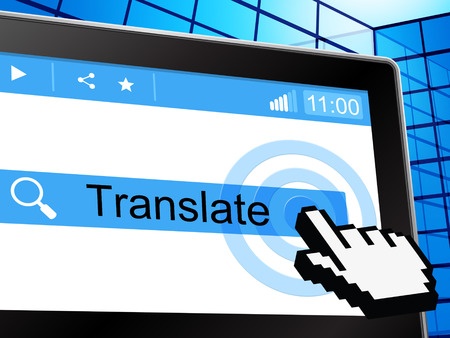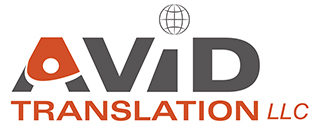 Manufacturers world-wide struggle to increase sales and expand to other regions. To compete in foreign markets, their websites need to be translated into several languages.
Manufacturers world-wide struggle to increase sales and expand to other regions. To compete in foreign markets, their websites need to be translated into several languages.
Website translation opens the business to new markets as it has positive impact on customer engagement and profitability. Internet users stay for twice as long on a site that speaks their language and they are four times more likely to purchase from a web page in their own native language.
The costs of translation are not huge when compared to other marketing costs. They could range from a few hundred to several thousand dollars, depending on the size of the website. If a company seeks to expand internationally or even to attract certain ethnic groups within one region, it is definitely worth translating the company website. It is definitely a return on the investment. You can keep the translation cost down if you identify the pages with the most traffic and get those translated.
What are the key points when translating a website?
1. Skilled linguists translate a web page accurately. Accurate translation helps in reaching sales goals. Computer-generated translations (using Google or Bing or other computerized translation tools) have to be avoided. These tools do not provide sufficient quality for a content designed for convincing customers. Machine translations often include serious misinterpretations and grammatical errors.
2. Marketing materials need to be localized for new cultures. Selecting a linguist who knows how to translate a website, so that it meets the requirements of the target market, is as crucial as the investment of time and money. Conveying a brand message into a different culture is often a hard task. For example, slogans cannot be translated verbatim, they might sound awkward. Furthermore, marketing materials may include slang, especially if the audience is young.
3. To translate web pages in an appealing manner and character, spatial restrictions need to be considered as well. Menu items and button names need to fit within a specific area. Languages vary in length. English words are usually shorter, so the translated text often needs to be shortened to fit into the page. Also, focus should be on including or highlighting the most important information.
4. When we translate websites, the initial version is only the first step. Websites are frequently updated, so a continuous cooperation is required between the company or website owner and the translator. An important point here is re-usability of previous translations that can be achieved through computer-aided translation memory tools. These help to maintain a consistent terminology throughout the website and reduce translation costs. When using these tools, changes can be applied within a short time-frame.




